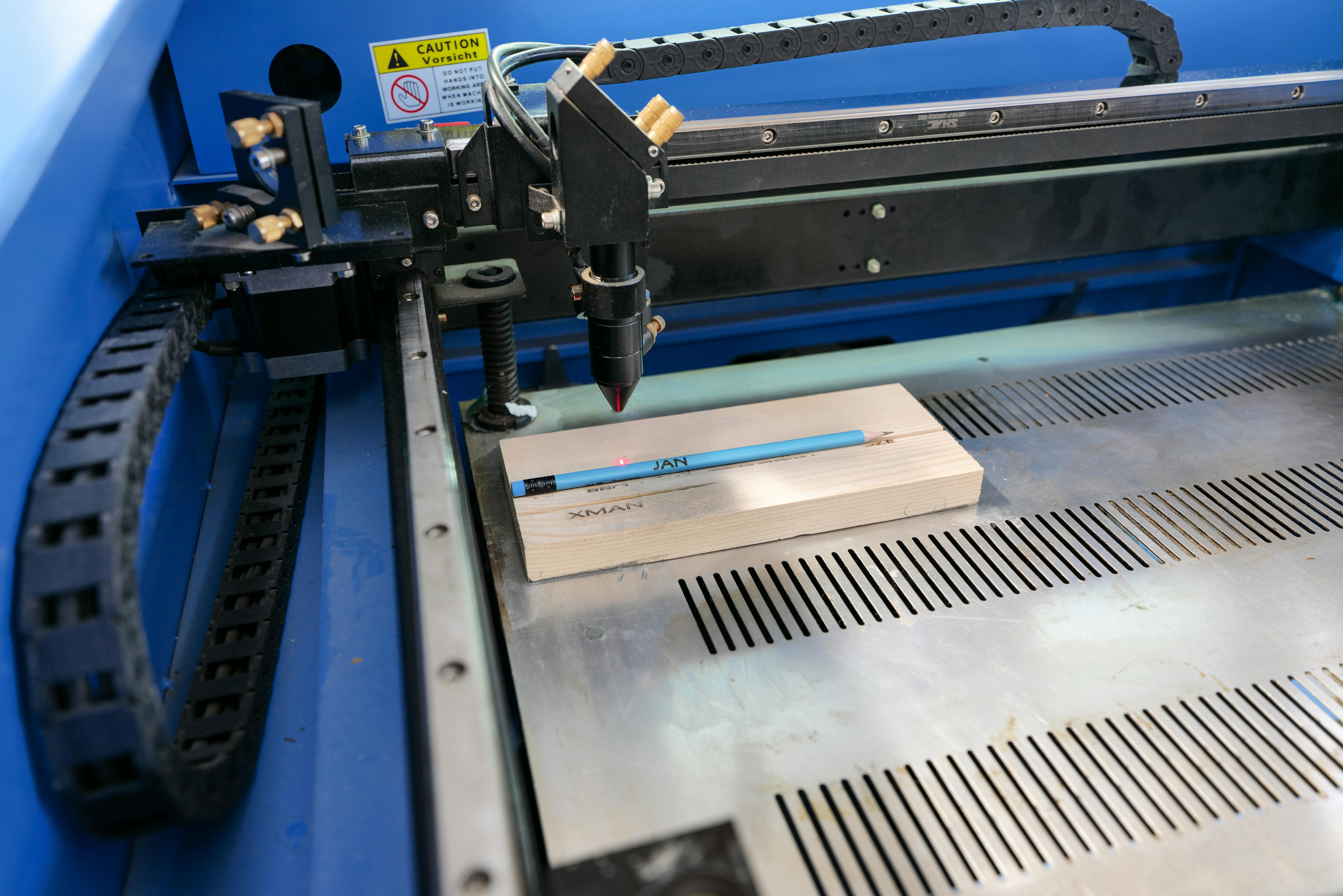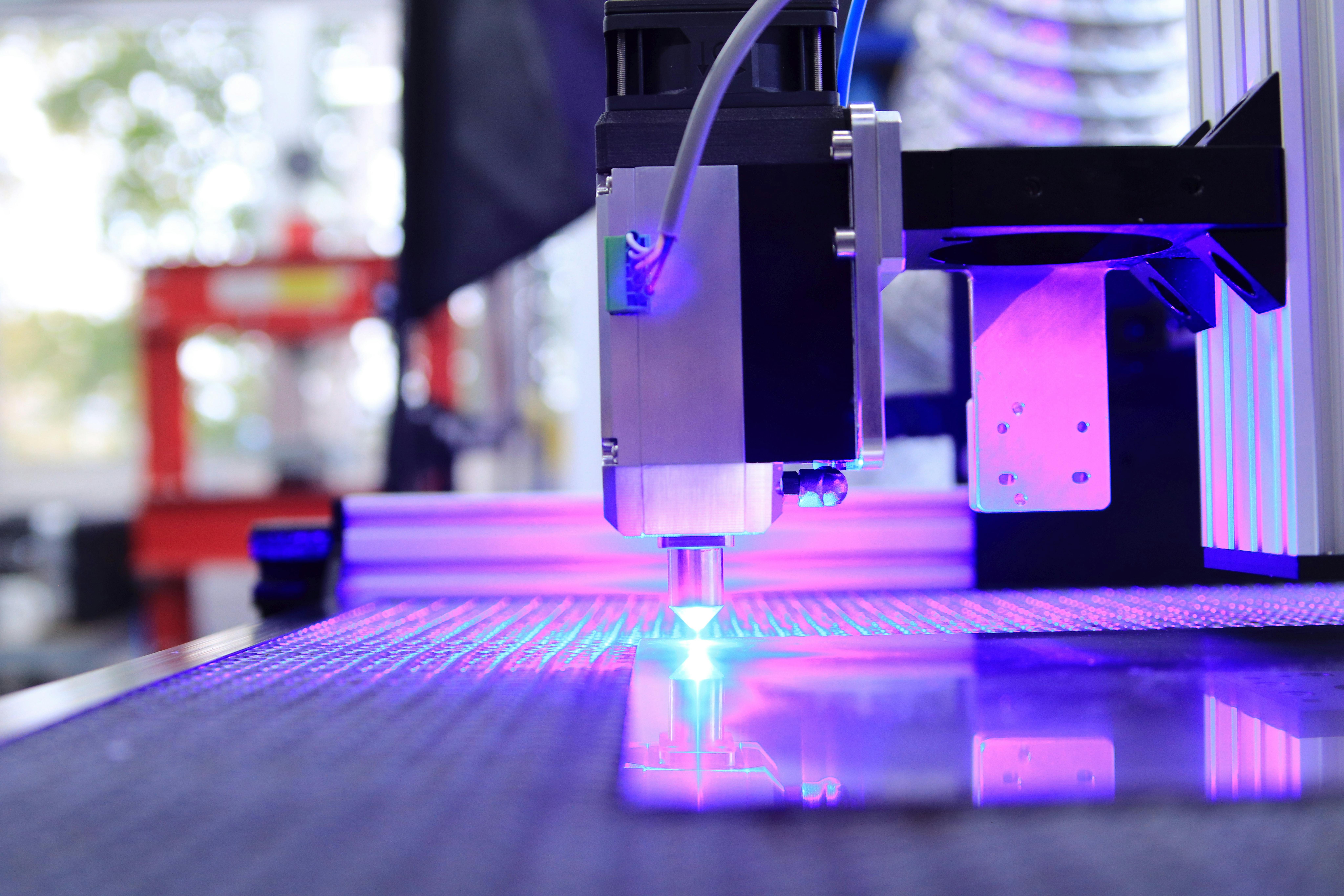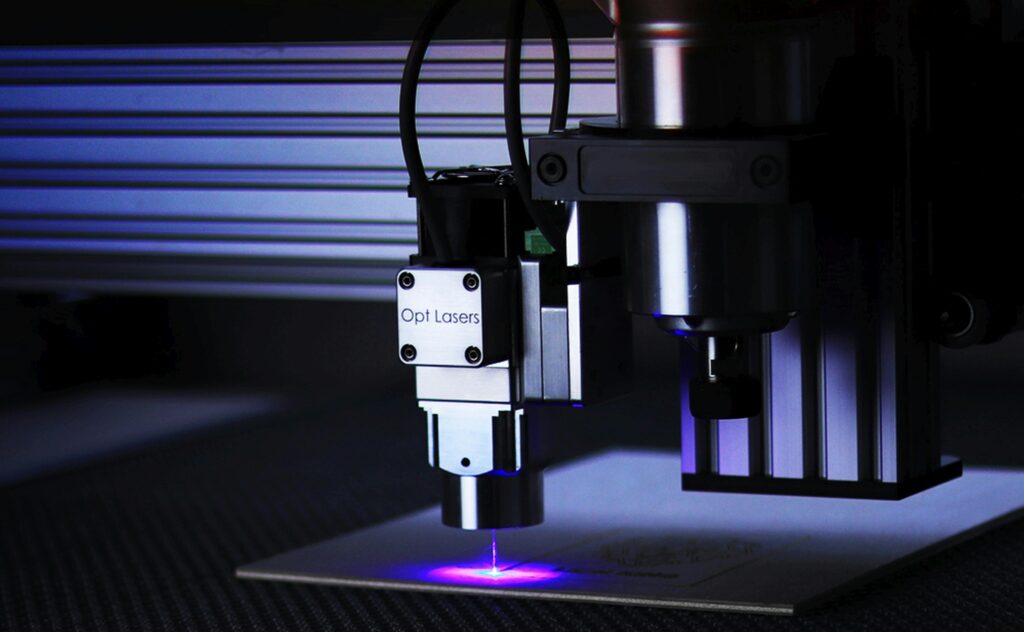When working with fiber laser cutting equipment, getting the power and beam settings right can mean the difference between perfect cuts and wasted materials. How do I determine the optimal laser power and beam diameter for my specific fiber laser cutting application?
The optimal laser power and beam diameter depend primarily on material thickness and type. As a general rule, use 1-2kW power with 50-100μm beam diameter for thin materials (<6mm), and 3-6kW power with 100-200μm beam diameter for thick materials (>6mm)
While these general guidelines are helpful starting points, there’s much more to consider. Factors like cutting speed requirements, surface finish needs, and specific material properties can significantly impact your application’s optimal settings, so it’s worth exploring these variables in detail to achieve the best possible results.
What Specific Factors Affect Laser Power And Beam Diameter Settings?
Material composition plays a crucial role in determining optimal laser settings. High-quality materials like aluminum and copper typically require higher power levels to overcome their reflective properties. In contrast, mild and stainless steel materials are more readily cut with lower power settings.
Surface finish requirements also influence your settings choices. A smaller beam diameter generally produces a finer cut edge, but may require slower cutting speeds. If high production rates are needed, a larger beam diameter combined with higher power can allow for faster cutting while maintaining acceptable edge quality.
Environmental factors and assist gas selection can also impact optimal settings. Oxygen assist gas, commonly used with mild steel, creates an exothermic reaction that reduces the required laser power. Nitrogen assist gas, while not contributing to the cutting process, requires higher power settings but produces oxide-free cuts.
How Do I Know If My Current Laser Settings Are Optimal?
The most reliable indicators of optimal settings are cut edge quality and dross formation. A clean cut edge with minimal dross indicates well-tuned parameters. Excessive dross on the bottom edge suggests either insufficient power or excessive cutting speed.
Another key indicator is kerf width consistency. An inconsistent kerf width often indicates inappropriate beam diameter selection or focusing issues. The kerf should remain uniform throughout the cut with minimal variation.
The size of the heat-affected zone (HAZ) provides another important clue. An unnecessarily large HAZ typically indicates excessive power or too slow cutting speed, while incomplete cutting or excessive striation marks suggest insufficient power or excessive speed.
What Steps Should I Take To Fine-Tune My Laser Parameters?
Start with test cuts on scrap material using the general guidelines for your material type and thickness. Make small, incremental adjustments to one parameter at a time, documenting the results of each change.
 Begin by optimizing cutting speed while maintaining recommended power and beam diameter settings. Once you’ve found the optimal cutting speed, fine-tune the power level to balance cut quality and process efficiency.
Begin by optimizing cutting speed while maintaining recommended power and beam diameter settings. Once you’ve found the optimal cutting speed, fine-tune the power level to balance cut quality and process efficiency.
Finally, adjust the beam diameter to meet specific edge quality requirements or production rate goals. Remember that smaller beam diameters generally provide better edge quality but may require reduced cutting speeds.
How Can I Troubleshoot Common Cutting Issues Related To Power And Beam Settings?
When cuts show excessive striation marks or roughness, this often indicates an imbalance between power and cutting speed. Try reducing the cutting speed by 10-15% while maintaining the same power level. If this doesn’t resolve the issue, gradually increase power while keeping the new speed constant.
Only complete cutting through the material usually suggests sufficient power or excessive cutting speed. However, before adjusting these parameters, verify that the focal position is correct and the assist gas pressure is adequate. Sometime,s what appears to be a power-related issue is caused by improper focusing or insufficient gas pressure.
Thermal damage or burning around the cut edges typically indicates excessive heat input, either from too much power or too slow cutting speed. Try increasing cutting speed first in these cases, as this often resolves the issue while maintaining productivity. If quality issues persist, gradually reduce power while monitoring cut completeness.
What Maintenance Factors Can Affect Optimal Laser Performance?
The condition of optical components significantly impacts laser cutting performance. Dirty or damaged focusing lenses can reduce the power density at the workpiece, requiring higher power settings than necessary. Regular optics inspection and cleaning help maintain optimal performance at lower power settings.
 Nozzle condition also plays a crucial role. A damaged or partially blocked nozzle can disrupt assist gas flow, leading to poor cut quality even with optimal power and beam settings. Inspect nozzles regularly for damage or buildup and maintain proper standoff distance for consistent cutting performance.
Nozzle condition also plays a crucial role. A damaged or partially blocked nozzle can disrupt assist gas flow, leading to poor cut quality even with optimal power and beam settings. Inspect nozzles regularly for damage or buildup and maintain proper standoff distance for consistent cutting performance.
The laser source itself requires attention. Power output can deteriorate over time due to factors like fiber damage or misalignment. Regular power meter measurements help ensure your actual output matches your settings. If power is lower than indicated, you may need service to restore optimal performance without unnecessarily increasing power settings.
Taking The First Step Toward Optimal Cutting
Start your optimization journey by creating a detailed parameter log for your most common cutting applications. Record your current settings, including power, beam diameter, cutting speed, and assist gas parameters, then systematically test and document the results of small adjustments as outlined above. This systematic approach will help you find optimal settings more quickly and serve as a valuable reference for future jobs with similar materials and requirements.

